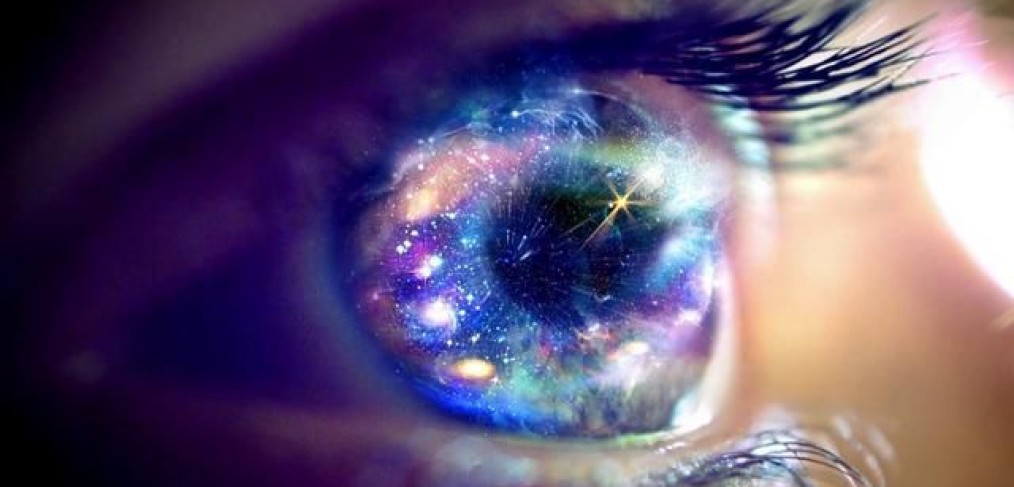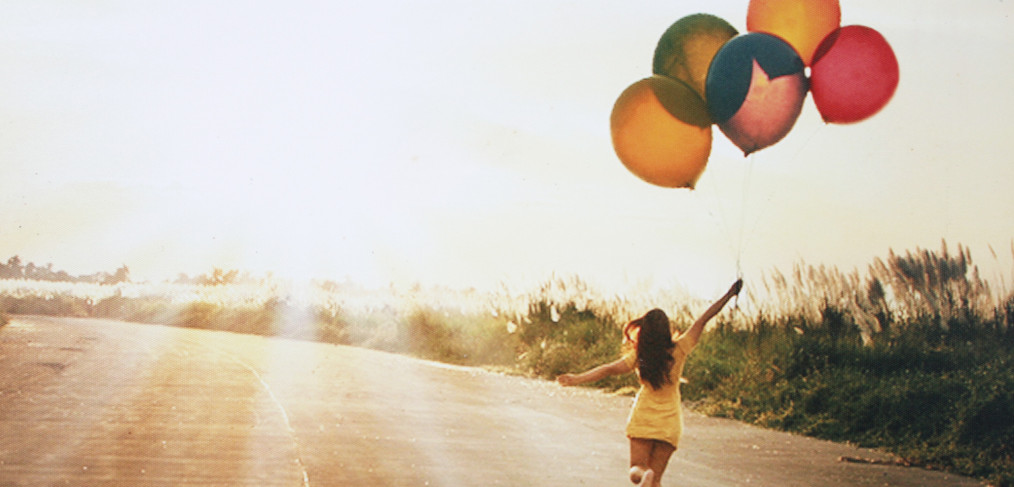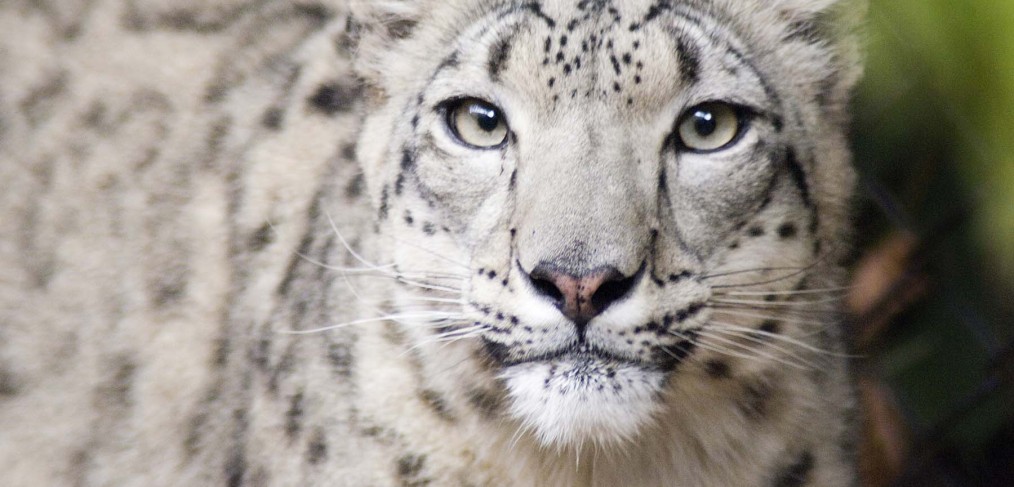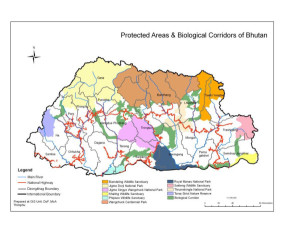Step 1. Wake up… Step 2. Open my eyes… Step 3… Get out of bed. Step 4…Do what needs to be done.
If we’re going to keep our eyes closed, there’s no reason to wake up. We have to take off our chosen blinders and open our eyes. Otherwise, what’s the point? We might as well keep dreaming.
As Gran put it, it’s hard to wake up someone who’s pretending to be asleep.
Waking up – awakening, moments of enlightenment, whatever you want to call it – is not about feeling good all the time, floating so high off the surface of this planet that we no longer relate to the people on it, flaunting our privilege to avoid or ignore problems. Waking up is about opening our eyes to the realities of the needs of the planet and its people. It’s about seeing the disparities around us, in all the forms they take, and it’s about taking action, right here, right now, taking our fair share of responsibility, and setting to work to right the wrongs we’re more than capable of addressing.
You know that moment, early in the morning, when you wake up, but you didn’t want to just yet – and you can hear the birds calling? You know if you open your eyes the light will penetrate and there will be no going back to sleep. I think that’s where a lot of us are right now. We’re really awake. We can hear the sounds and feel the movement around us. We know perfectly well what’s going on. But for whatever reason, we don’t want to wake up just yet. That bed feels so safe, so warm, so comforting. And out there – well, who knows what’s waiting out there. But we’re pretty sure it won’t be warm, much less comforting.
So we’re still lying there, covers pulled over our heads. Faking it. But the dog knows we’re awake. And the cat knows. And the kids peeking over the edge of the bed know. They can sense the difference in our breathing.
It serves no one to rationalize about those who are still genuinely sleeping, or to hope that the eagerly awaiting toddler will head off to the other room, where Momma or Daddy has already begun the tasks of the day. That’s not my business, nor is it yours. We know that each person is in a different place, prepared for and dealing with his or her own unique responsibility. There are those who are ready to spring into action, those already awake and fully functioning. There are those still dozing, in that state of lucid dreaming, not yet sure what is real and what isn’t. There are those who are awake, but for whatever reason, just can’t bring themselves to face reality. There’s a reason for that, one that needs some digging, and most likely needs some loving. And then there are the heavy sleepers among us, still sawing logs, still breaking themselves against the laws of sustainability and right living.
If we stay there long enough, delaying that moment, drawing out the night, clinging to an idea that no longer makes sense, no matter how comfortable the bed we’ve collectively built for ourselves may seem at the moment, alarms will start to go off. In fact, they already are. They’re shrilling in the distance, growing louder and more numerous by the moment. Alarms may feel like a must for early mornings, but they’re not a very effective way to live. They usually mean something is dreadfully wrong. Are you sure you want to take that risk? Can you afford it? What are the consequences, and are you willing to pay them? Not just down the road, but today?
As we awaken, those who have waited for sirens in their personal lives, sometimes even waited past them, oblivious to the warning call, may enter and engage with their souls’ dark night. During this vital passage, one’s energy may be compelled temporarily to focus primarily or even exclusively on what appears to be personal situations. We who are not in that position, who perhaps have already gone through our own dark nights, will know to gently allow and love each person through this time. In that moment, it will be his or her most important focus, this death-rebirth creation cycle. It is not ours to judge or to compel them to take action elsewhere, which may serve only as a distraction for them, and as a good way to not notice our own alarm bells ringing in the distance.
What about me? What choice will I make, right here, right now? My outer child may ask that age-old question: Why do I always have to be the grown-up? The answer is simple: Because I can. The burden of responsibility lies with the one who is capable. That’s the only answer I need. That’s the only answer we need. That next right step will appear directly in front of me if I’ll pay attention for it. I don’t need to think about a million miles down the road, or try to imagine how the entire scene will play out. That can lead to overwhelm and despair, and the fear of that emotion can prompt hitting the snooze button just one more time.
No. Today, all I need to do, all you need to do, is that next right step. You already know what it is. Like the poem says, start close in. Get calm, get quiet, ask yourself – and you’ll know.
So it’s up to the grown-ups now. Will we open our eyes? Will we get out of bed and do what needs to be done?
What we see may hurt, but only then can we begin to make things better. Love yourself, be gentle with yourself, but please – please – please – open your eyes. Get out of bed. It’s time to get busy.
Author: Mary Batson – Wake up World





